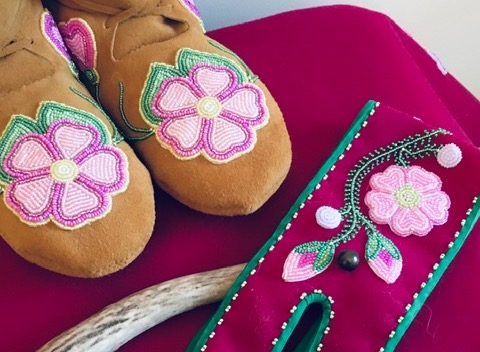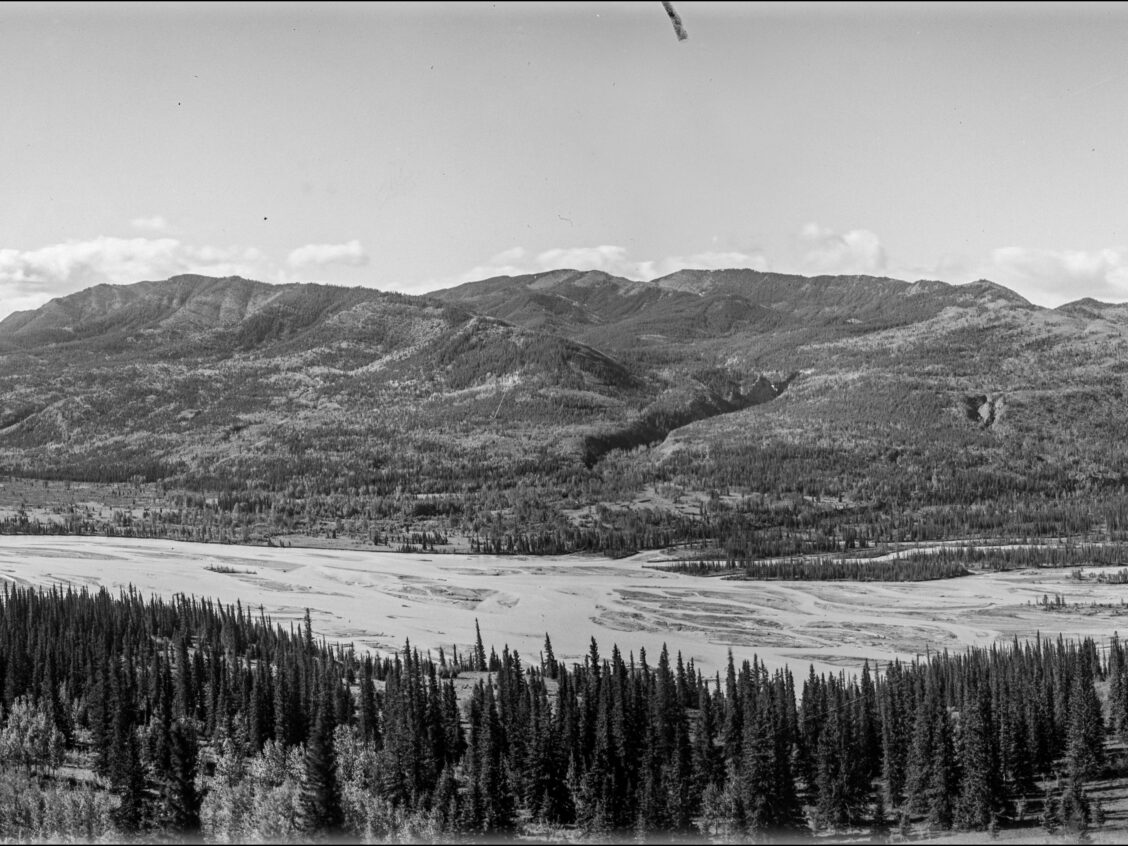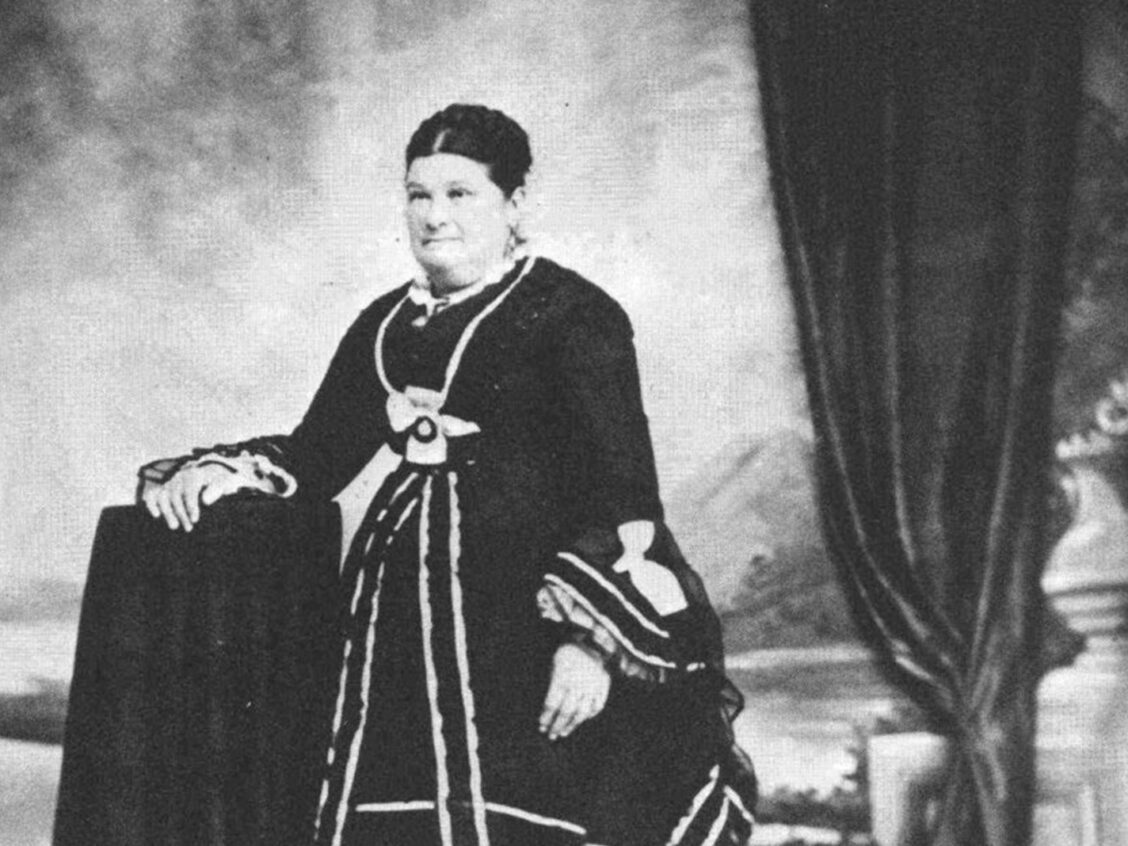History is how we understand the past and that understanding is based on records made and kept by biased hands. With such a jigsaw, there are inevitably gaps in the pattern – persons who are known only partially, often through the shape of the puzzle pieces that surround it.
Louise Umphreville, Fort Edmonton’s “First Lady”, is such an historical silhouette, but by looking at one year – likely the worst year of her life – we can better remember our forgotten Métis matriarch.

No image of Louise Umphreville, whose life more than half over before the invention of photography, survives. Image provided by the author courtesy of Adele Schatschneider.
Marie-anne Breland died while on a walk outside Fort Edmonton in 1835. The cause was unknown, but no foul play was suspected. She left behind a husband, HBC Clerk Richard Grant, stepfather, Chief Factor John Rowand, half-siblings, and several children. She also left behind a bereft mother, Louise Umphreville.
Marie-anne had been among the children born around the turn of the 19th century to Louise and her first husband, fur trader Pierre Boishue dit Breland. From the earliest days when Europeans entered the existing North American fur trade, their male servants and clerks tended to enter into what were called “Country Marriages” (mariage à la facon du pays) with First Nations (and later Métis) women. There were no Missionaries present, so these alliances stood in contrast to Church-sanctioned marriage. But while some fur traders treated this as a convenient and temporary liaison, others later testified that they felt the same love and commitment in these Indigenous-influenced relationships as they would have in a sanctified matrimony. The women’s account of these perspectives is, of course, generally missing from the historical record.
Women like Louise and her daughter Marie-Anne did not leave behind letters or journals, and are rarely mentioned in the business records of the Hudson’s Bay Company. Nonetheless, women like Louise and Marie-anne were essential for the economic success of the Company and its trade–making moccasins on an industrial scale, pounding meat into pemmican, teaching men languages and other skills. This shadow workforce was seldom acknowledged by the Company that depended on them.


Images from “Wildflowers: Metis Women of Fort Edmonton, Floral Beadwork Exhibition” by Sharon Rose Kootenay. Photos courtesy of The Works. Top: A Fixed and Shining Star – Lobed Saddle Blanket / 2020. Bottom: Wapikwaniy // Wild Roses – Women’s Wrap-Around Moccasins and Quirt.
“Created to honour the life of Louise Umphreville, these pieces references her heroic journey across that prairie landscape. Guided by concern and compassion, Louise rode out to meet her destiny. On that day, she found her fate through rescuing a man, sharing a lifetime in which they would become inseparable. The Works Presentation of Wildflowers was made possible in part through support from the EPCOR Heart & Soul Fund.“
But women were also the centre of community in the fur trading posts that dotted Rupert’s Land, which were nascent Métis settlements as much as they were corporate work camps, similar to today’s offshore oil platforms. When Marie-anne died in 1835, it was Louise who led the mourners and wept over the body throughout the night. It was Louise who looked after Marie-anne’s orphaned children. And it was Louise who again wept when Richard decided to take the surviving children back to Trois-Rivieres rather than to stay at Edmonton with his grief.
We know this story because one of those children, Johnny Grant, wrote his own memoirs seven decades later. He tells the story of his parents’ courtship, and how his grandmother Louise had been “turned off,” or left behind by her husband Pierre Breland shortly before 1810. Don Sherk, a genealogist, believes that Pierre took some of the older children with him back to Quebec, while Louise and her younger children were left behind in the North-West.

Now a single mother, Louise soon found a new husband in John Rowand–an up-and-coming young fur trader in the North-West Company. With John, Louise would have at least seven more children (John Jr, Sophia, Alexander, Nancy, Margaret, Henry, and Adelaide), and the couple raised Marie-anne, and likely her siblings, together.
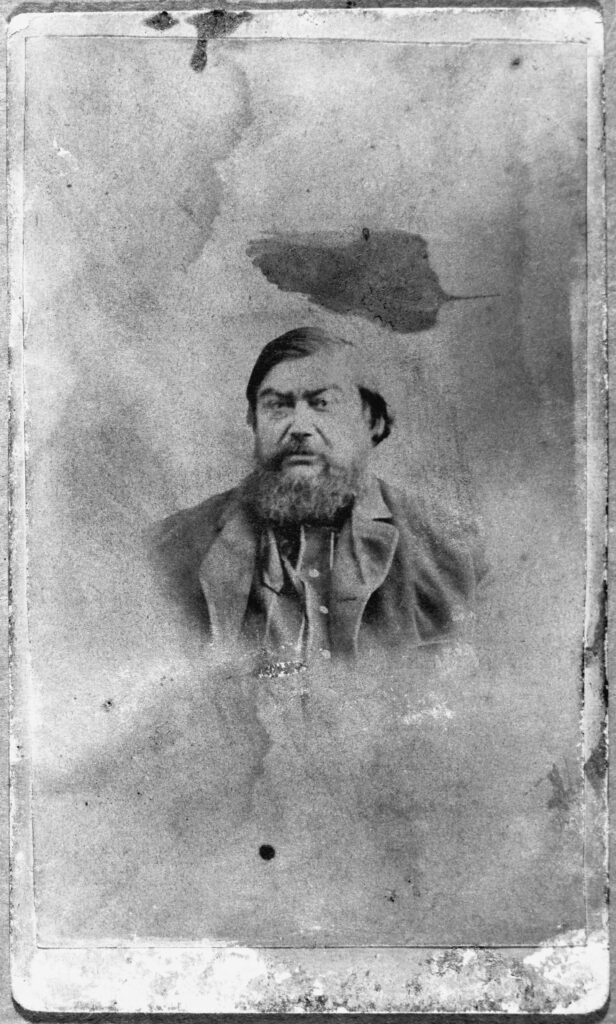
Henry Rowand died in 1835, from what was called “suffusion of the brain.” He had been attending school at Red River (now Winnipeg) at the time, thousands of kilometres from his parents John and Louise in Fort Edmonton.
Henry, like his siblings and his mother, was Métis. These mixed-blooded children of the western fur trade, over generations, developed a unique culture that was quite distinct from both their European and First Nations ancestors.
Henry was sent to school in Red River, the developing centre of Métis culture, because he was the son of an important Company officer–but his family’s success was also due to the wealth and status of his mother. Louise Umphreville brought a herd of valuable horses to her “country marriage” with John Rowand, a fluency in Cree (her first and possibly only language), and a wealth of contacts and relations among the peoples of the plains– who would be Rowand’s trading partners, allies, and suppliers. Henry’s oldest brother John Jr. was also a Clerk with the Company. Alexander, the next oldest boy, was studying to be a doctor. Their wealth set them apart from others in the North-West.
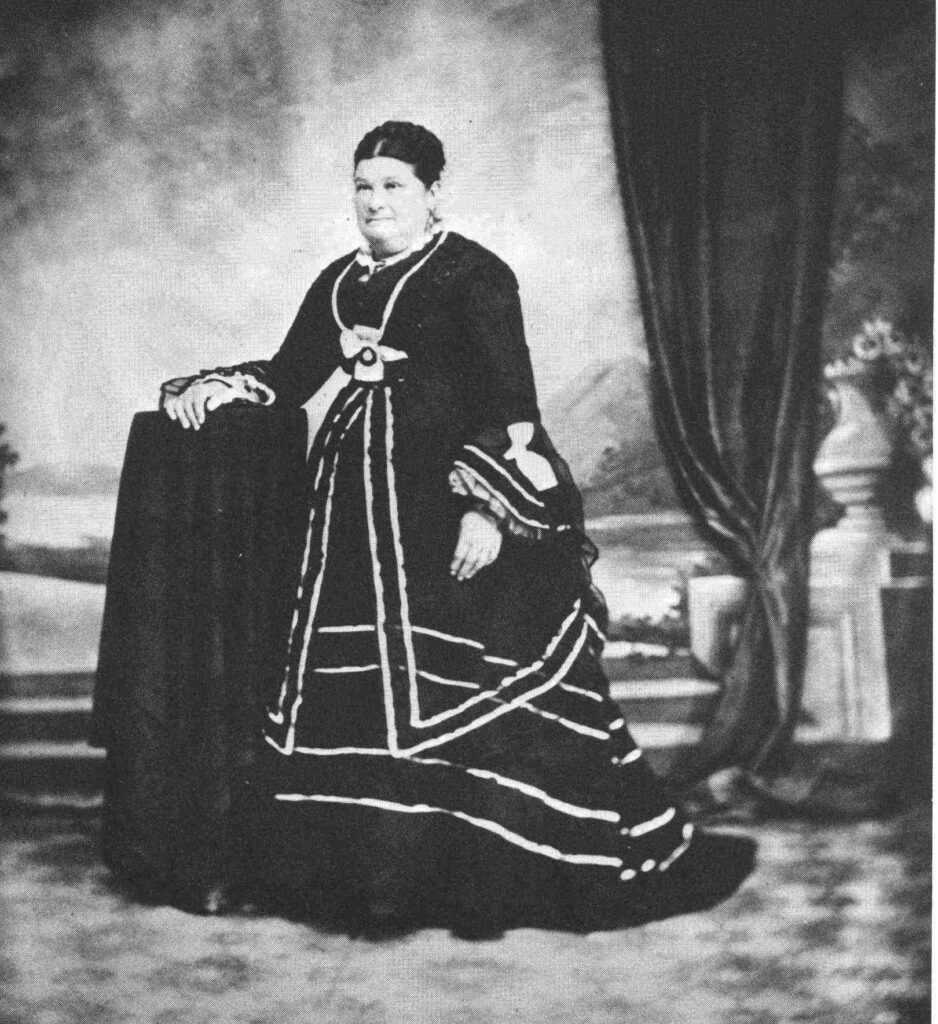
As Métis women, Louise’s daughters were not given a formal Western education like their brothers. They likely spoke little or no English and wrote in Cree syllabics. Louise taught them what she knew, and she taught them well. Years later, Margaret won prizes in Red River for her dressed deerskin, fancy moccasins, and woven flannel. These skills, still prized in Métis communities today, were undoubtedly learned from her mother.
All the surviving Rowand children except for Alexander ended up in Red River and became leading members of the Métis community there. With Louise’s voice and views missing from the historical record, we don’t know if she thought of herself in the same way. Did she consider herself Métis, the way her children did? Unlike her children, she seems to have never adopted the Catholic or Protestant faiths that were often a marker of Métis society.
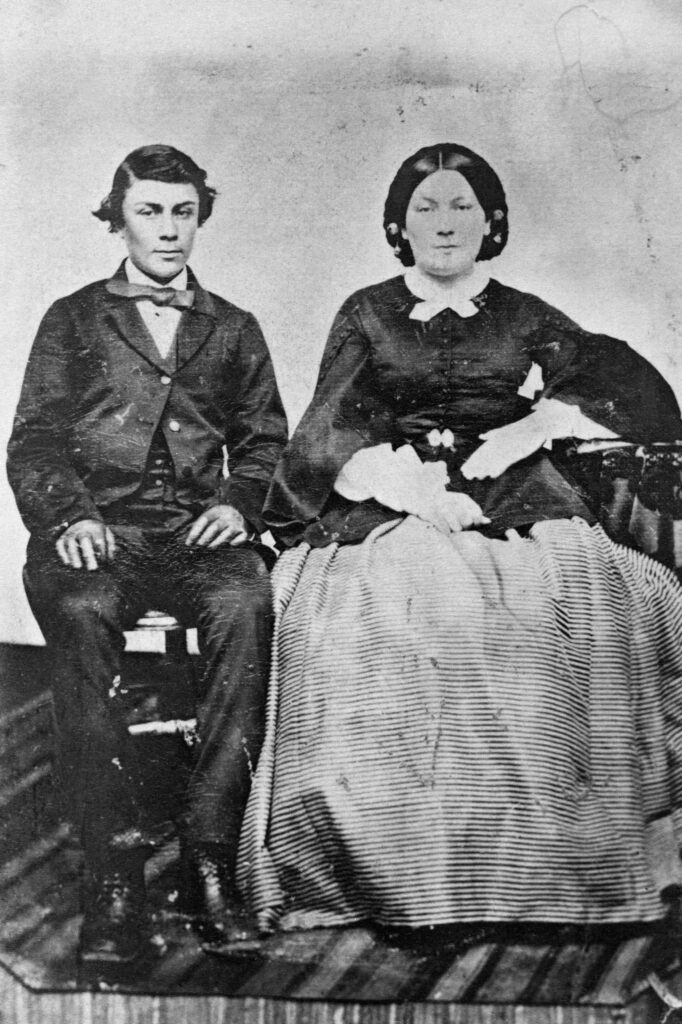
Nancy Rowand got married in 1835. In the fashion of the country, she wed John Edward Harriott, a Company man many years her senior but well regarded by the First Nations with whom he traded; the Métis, Scottish, and Canadian workers he supervised; and possibly even his new mother-in-law. When the first Missionaries arrived in Edmonton in 1838 (nearly half a century after the first Métis and non-Indigenous fur traders), they baptized all of the Rowand children and formalized many marriages–including that of Nancy.
But not that of Louise.
While she never served as godmother to Edmonton’s children in the way Nancy and her other Catholic daughters were often asked to, Louise nonetheless exerted authority in the community. Visiting Alexander Ross praised Edmonton’s propriety and credited not just its male leader,
I had seen very few places in the country where domestic arrangements, either within doors or without, were conducted with so much propriety as at this place. […] The moral and pleasing effect was such as might be expected, and reflects great credit on Mr. Rowand and his family.
The lack of Church sanctification of their marriage may have made it easier for John Rowand–Louise’s husband of over twenty years–to later consider “turning her off.” A letter to a friend suggests that he considered at one point leaving her and marrying a white woman. He never did.

Instead, John built a mansion of a house in Fort Edmonton for himself, his wife, and those children who were still at home. We know they also employed a cook, a steward, and several personal servants. Louise had her own serving girl to make her bed, lay her fire, and set her table. Through her personal wealth, her extended family, and her alliance with Rowand, she had become one of the most powerful women in the North-West.
The losses of 1836 were no doubt still a painful memory when Louise died in 1849, survived by her husband and many of her children and grandchildren. She had brothers and sisters, nieces and nephews throughout the North-West and across the mountains, but history does not record much about her death. We only know who was present at her burial–the new Catholic priest, J.B. Thibault recorded it. He mentioned little about her or her life.
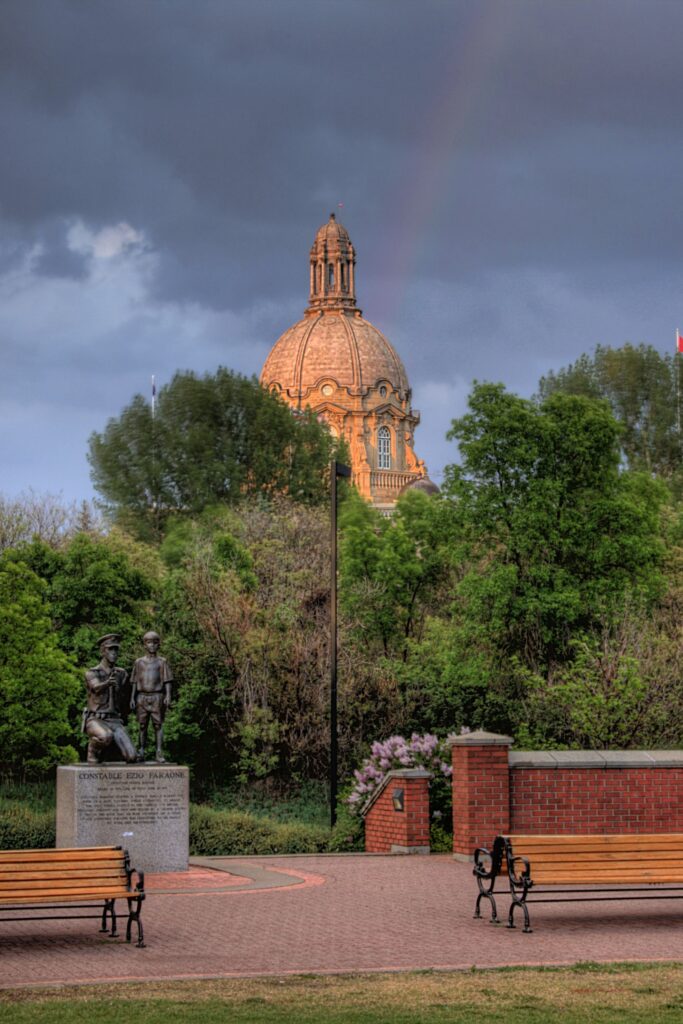
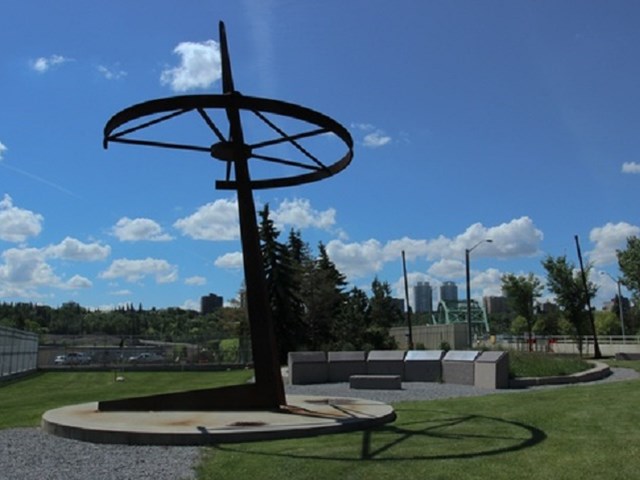
Some of Louise’s descendants maintain she is buried beneath what is now Ezio Faraone Park, west of Edmonton’s High Level Bridge, and not in the Fort’s Rossdale cemetery, owing to her lack of any Christian faith. No written records exist of burials in that area, but then, few records exist of such things.
Indigenous Edmontonians fought for many years to have the Rossdale Cemetery and Traditional Aboriginal Burial ground recognized. This memorial lies below the final site of Fort Edmonton. Louise’s name is engraved on a plaque here, along with the date of her death, as is that of Marie-anne.
Despite a scarcity of written records, we have not entirely forgotten this powerful Indigenous woman: a leader in her community, a mother, and wife. Louise Umphreville exists in her descendants, in scattered mentions in letters and journals, and in the context of her life and times. Is there a missing puzzle piece in your family’s history? Is there an historical silhouette in your community? Seek out the individuals ignored or forgotten, who left no first-person testimony. Find stories, however incomplete, of Indigenous persons, of women. History will be better for it.
Tom Long © 2021
References:
MacGregor, J.G.. John Rowand: Czar of the Prairies. Saskatoon: Saskatoon Western Producer Prairie Books, 1978.
Grant, Johnny A Son of the Fur Trade: The Memoirs of Johnny Grant Ed. Gerhard Ens. Edmonton: University of Alberta Press, 2008.
Grant, Agnes. James McKay: A Métis Builder of Western Canada. Winnipeg: Pemmican Publications, 1994.
Ross, Alexander. The Fur Hunters of the Far West. London: Smith, Elder and Co., 1855.
Special thanks to Matt Hiltermann.
